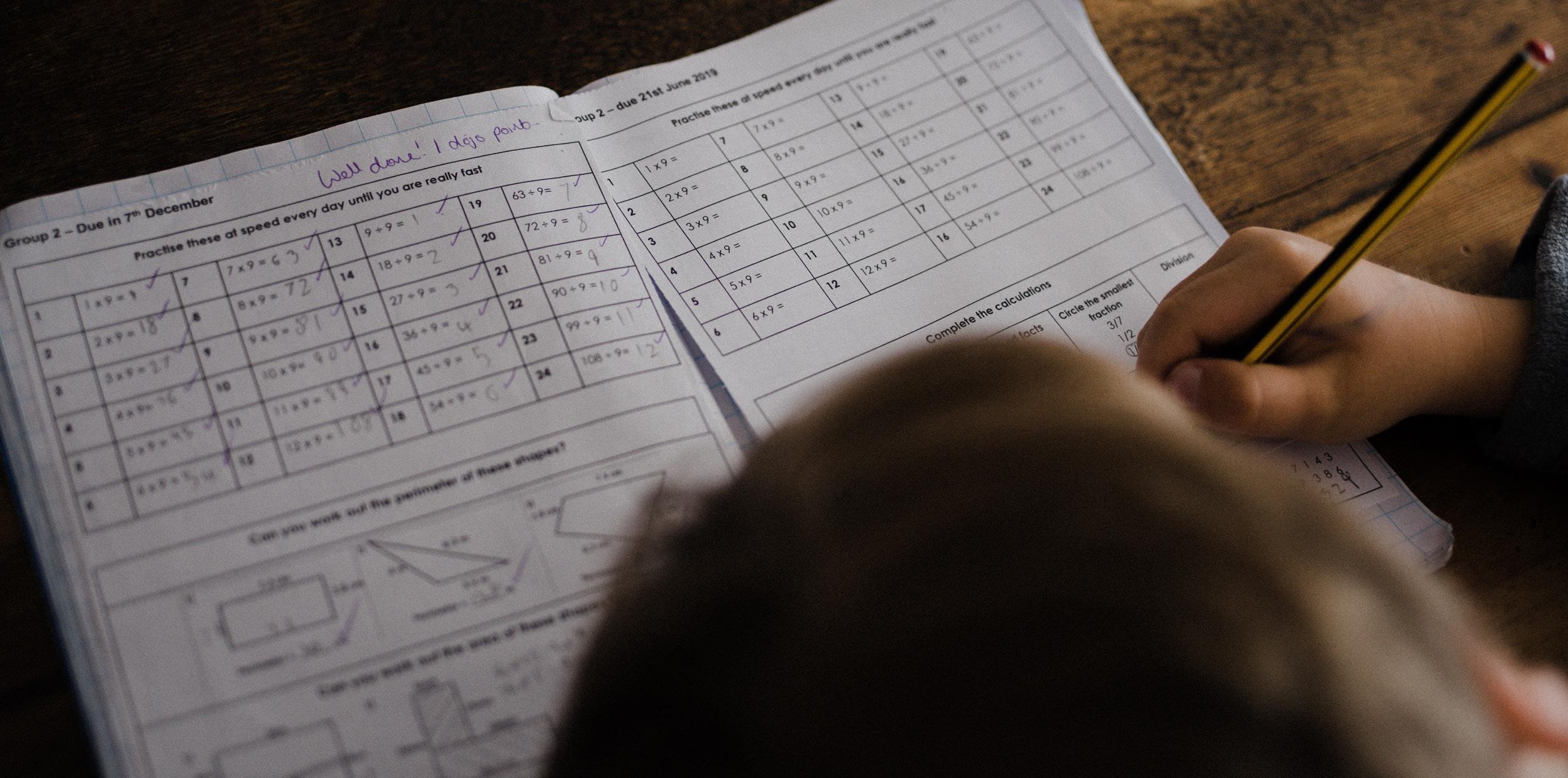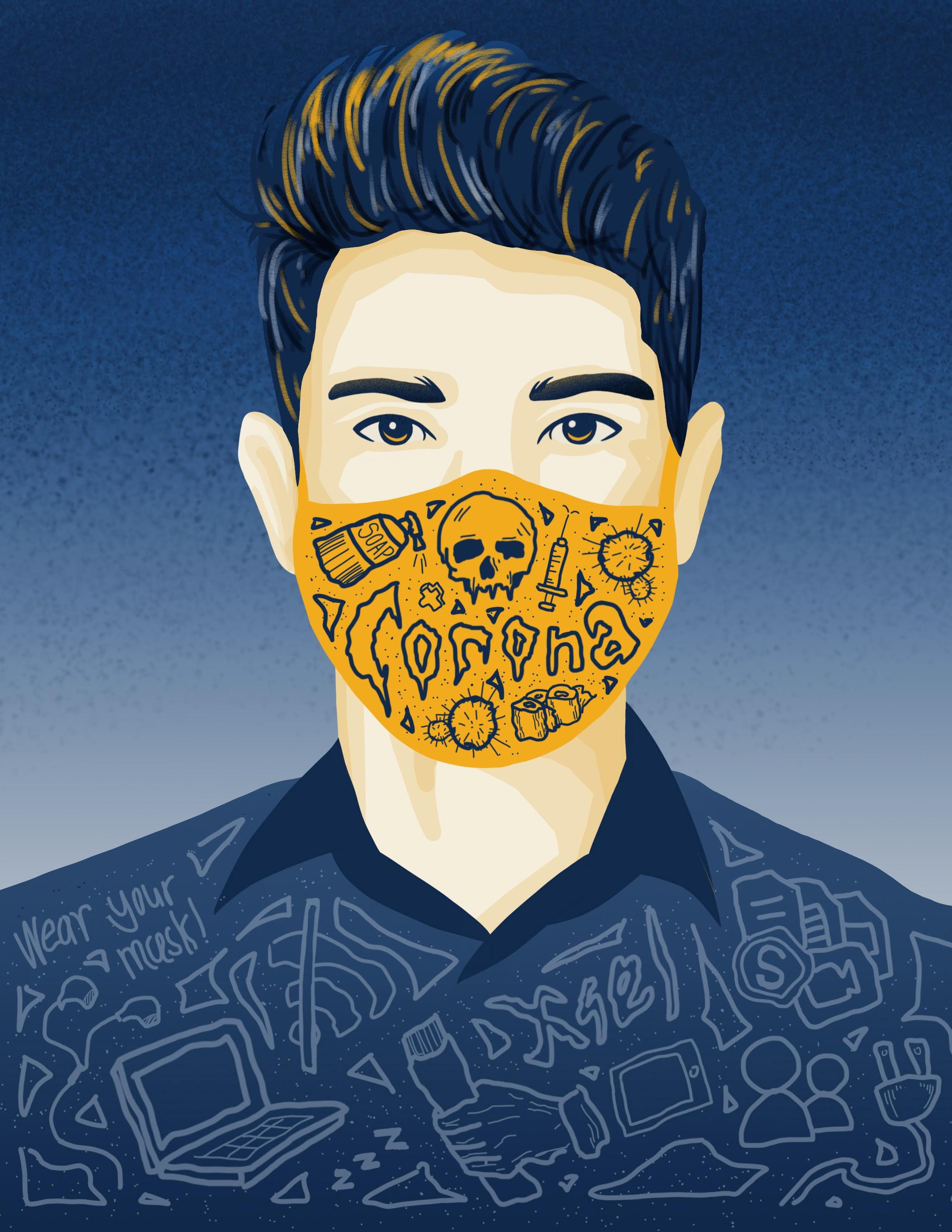
11 minute read
THE CONTROVERSIAL HISTORY OF INTELLIGENCE
By Gabriel Mallare (G11)
Mathematicians consider intelligence as the ability to efficiently solve difficult problems. We students see intelligence as getting straight A’s. Athletes think of it as being able to come up with game-winning strategies. But, with the presence of so many ideas, what is the true meaning of intelligence?
Advertisement
Just like us, psychologists do not have a very clear or consensual idea on what constitutes intelligence. In general, they agree that intelligence is the ability to learn, solve, and recognize problems. However, this is where the agreement ends From the top psychologists, we have three schools of thought.
Firstly, psychologist Charles Spearman, a Fellow of the Royal Society, believed that intelligence is a singular and general skill. This means that an “intelligent” person is equally capable across all types of cognitive abilities, instead of, say, a virtuoso in music who fails in mathematics.
Opposing Spearman, Dr. Louis L. Thurstone of the L.L. Thurstone Psychometric Laboratory postulates that intelligence is instead composed of eight separate skills, unlike the previous notion that musical ability is different from mathematical ability. These eight skills include: visual, verbal, bodily, logical, interpersonal, musical, intrapersonal, and naturalistic. Similar to Thrustone, Dr. Robert Sternberg of Cornell University proposes that there are only three factors: analytical, creative, and practical. The analytical factor in intelligence is your ability to solve problems. The creative factor is the ability to solve new problems using past knowledge and experiences. The practical factor, finally, is your ability to adapt to new circumstances.
Perhaps the reason why the definition of intelligence is so controversial is that there are differing cultural perceptions of what, really, is considered “intelligent.” Western-oriented cultures, such as that of the Americans, perceive intelligence as analytical ability. Eastern-oriented cultures like the Chinese, on the other hand, view intelligence as the ability to fulfill your social duties.
The demarcation of perceived intelligence has also existed throughout every culture’s evolution. Huntergatherer societies, for instance, view
intelligence in terms of foraging and the ability to fulfill social duties. A more modern example can be seen in the shift from a focus on linguistic ability, among Westerners, to analytical ability; just recently in 1960, the Universities of Oxford and Cambridge dropped knowledge of Latin as an entry requirement. Now, desirable qualities in prospective students lean towards their ability to pursue their passion. Despite conflicted ideas of what intelligence is, the very nature of intelligence, depending on society’s interpretation of what it is, has played an important role in history. Such is the purpose of intelligence tests. The very first intelligence test was invented by Alfred Binet, a psychologist tasked by the French government to identify struggling students. Binet used a combination of question types which he determined to be the best predictors of success in school. Soon, he realized that the test could also be used to identify gifted students. However, Binet expressed concern regarding the limitations of the test, stating that it can only be used on children with similar backgrounds to derive accurate results and is too broad to be accurately estimated by one number. He further stated that it often fluctuates
Despite this, Binet’s intelligence test proved to be so popular that the United States of America adopted a modified version of his test into their own educational system. Eventually, the American version of the test — StanfordBinet scale, colloquially now known as the standard IQ test — was used to determine candidates best suited for the Army. Despite Binet’s warnings, the test was used for all types of people from differing ages and backgrounds. The test was also used on immigrants to the country, but given the differing backgrounds of the immigrants, the results were largely inaccurate and used to make sweeping generalizations about them.
From being a simple tool used to help struggling students, the StanfordBinet scale took a dark turn.
Eugenicists and ethnocentrists used this largely faulty data to support their claim that foreigners are intellectually inferior to Americans due to biology and that the reason for the decline in American intelligence was caused by racial integration.
Due to the “damning evidence” supporting this claim, Supreme Courts ruled to legalize the forced sterilization of those deemed to be inferior to the standard. For 70 years, the United States enforced 65,000 sterilizations of individuals (a population almost as large as that of the province of Tarlac) who were considered to have inferior intelligence to Western standards. Only in 1970 did the government desist forced sterilization due to a series of lawsuits made against them by non-profit organizations. This gloomy part of history harkens back to the Nazi-era of Germany, an even darker time marked by the murder and inhumane treatment of millions of people, all for the sake of the same ideology of purification. While the Stanford-Binet scale was used for objectively horrible things, it has also been used to save lives. The intelligence test was used by the United States to identify criminals with mental disabilities and exempt them from the death penalty. Furthermore, intelligence tests were able to identify more gifted students from underrepresented minorities as compared to teacher recommendations, whose opinions on the students tend to be more biased.
Truth be told, intelligence is actually affected by environmental factors, not biological ones. Harmful substances, malnutrition, and even teachers’ perceptions of their students may affect how you score in intelligence quizzes and academic achievement.
Learning from these past mistakes, psychologists have been attempting to formulate a more inclusive intelligence quiz. While it is possible to accomplish this, University of California Los Angeles professor Dr. Patricia Greenfield perfectly encapsulates sentiments regarding this notion, stating “it requires a deep familiarity with each culture’s values and practices.” To put it mildly, intelligence quizzes have left a controversial legacy. While it is debatable whether the quizzes did more harm than good, it has left an enduring warning against bigotry and racism.

THe COVID-19 Time Capsule:
THEN AND NOW
By Amery Atinon, Jaden Lim, Justin Sy (G11)
PART I: Then
May 2, 2020
Today marks the 46th day under Enhanced Community Quarantine (ECQ), which will be lifted on May 15. The Department of Health (DOH) reports 8,928 cases, with 603 deaths and 1,124 recoveries.
Total cases under the quarantine have risen consistently, meaning that there has been no major spike under the ECQ. Though the statistics seem to be proof of the ECQ’s success, it seems that every Filipino’s life has drastically changed for the worse.
The Paradigm Shift Of Filipino Livelihood
The lockdown warranting the stay-at-home policy has stagnated the economy. Mass unemployment and hard-pressed citizens caused inadequate demand and production, which closed several industries and slowed transactions. Economic downturn leading to delayed paychecks ensued a scramble for necessities.
The pandemic is nothing short of a global crisis that has affected the livelihoods of many. The Department of Labor and Employment (DOLE) stated that as of April 24, 2.3 million workers have been displaced from work. Being unable to receive their salaries, those affected continue to face substandard living conditions, some even starving on a day-to-day basis. Businesses have also suffered tremendously, which resulted in the furloughing of millions of workers. With the vulnerability of infant industries to crash, the post pandemic economy could regress by leaps.
With people confined to their homes, companies and schools have started to use the internet in order to resume their activities. Working from home using video communications apps such as Zoom has been the norm for many employees and business heads alike. Online shopping has boomed. Many educational institutions have also switched to online learning, despite logistical problems that may arise such as poor WiFi speeds. Others find solace through online entertainment and search for new hobbies, which is essential in these troubling times. Present Actions
Stimulus checks and social amelioration programs, such as the subsidy of P200 billion to 18 million families, have been implemented to help those greatly affected by the virus such as the paycheck-to-paycheck workers. As part of the ‘Bayanihan One to Act’ program and several other programs, the government attempts to support the wellbeing of the people while flattening the curve, with the help of several non-profit organizations. Assistance for small businesses has also been provided in the form of special loans.
To widen the scope of data and hasten the fight against the virus, mass testing is underway, with the Red Cross recently mass testing repatriated Overseas Filipino Workers (OFWs). Several candidate vaccines are being tested globally, however none have been proven truly successful at the moment.
As of May 1, specific sectors and businesses were allowed to reopen, and production will start to ramp up. With the ECQ ending soon, some people will be free to go out and will have to adapt to their new lives. Perhaps society and the economy can achieve its long-awaited return to normalcy. That is, if there is no second wave.
Our Fears
Metro Manila’s ECQ was announced to be ending on May 15. This would be necessary for the many who have suffered monetary losses from the lockdown, but many fear that reopening the country too early would cause the cases to spike. There is a looming threat of an even deadlier second wave resulting from a mishandled approach to reopening the country, but one can only hope that the current administration has the foresight to handle this well.
We pen these words from the perspective of people in crisis. We remain optimistic that, in seven months, the world will find some resolution for the coronavirus pandemic.

December 11, 2020
China. In recent months, cases have skyrocketed again in Europe and the United States of America. The tally in the Philippines shot up from June to August, reaching a maximum weekly count of 23,000 cases, however it has simmered down to 9,000 as of late November. The total now stands at 447,039 cases, with 8709 deaths and 409,329 recoveries. Hospitals are now more suited to fight the virus, which helps in mitigating its effects.
The New Normal?
June 1 signaled the start of the now nationwide GCQ and the gradual end of restrictions for people and businesses alike. Like pre-COVID times, frequenting public places and reuniting with loved ones have become a common occurrence, but not without obeying the obligatory social distancing and PPE policies. Many alternatively have shifted to online means, especially for shopping and communications.
Despite having conquered the height of the crisis, the Philippine economy is still on the long path to recovery. It is forecasted to shrink by around 8.5% in the coming months instead of the increase projected last year, while unemployment, despite being considerably better, is still at a worrisome 8.7%.
In this bleak situation, people have been forced to adapt to the new normal. Online classes, including Xavier School San Juan’s XSEL Program, have become the norm for many Filipinos. Lots of those who are unable to afford necessary devices have found other ways to continue their education. Gadget and internet fundraisers like Project Wifi (cofounded by XS’ very own Mr. David Magbanua!) have been initiated by individuals. Several LGUs such as the Manila City government have not failed to deliver as well, as a massive number of online necessities have been distributed to teachers and students. Vaccine
On December 8, a historic achievement in the fight against COVID-19 occurred with the first dose of the Pfizer/ BioNTech vaccine being administered to 90 year old Margaret Keenan. The UK has already ordered 40 million doses, with the US following suit. The vaccine race has finally come to fruition, with another vaccine by Moderna waiting approval.
The Philippines has also purchased candidate vaccines from Sinovac, AstraZeneca, and Pfizer, aiming to vaccinate at least 60 million people within the next 5 years.
This hopefully marks the beginning of the end for this 1 year long catastrophe, but the vaccines still have many issues to face. It will take many resources for an effective distribution of vaccines, as the current vaccines require storage in cold temperatures, at around -70C°, in a logistical chain called the “cold chain.” There have also been many claims that the vaccine has had side effects, including the death of two people during Pfizer vaccine trials. In reality, these cases are almost certainly unrelated, but there remain many people unwilling to take vaccines.
Expectations
Currently, many still fear the economic impact of the COVID-19 Pandemic. While some semblance of stability may be present, 2020 has been an extremely tumultuous year. The virus will undoubtedly last until 2021, but its effects will leave an indelible mark on future society. We hope for an effective distribution of a vaccine, along with wise decisions from government leaders. Furthermore, it is important to always remain vigilant and follow government protocols in limiting the spread of COVID-19.
It seems like we are in the beginning of the end of the COVID-19 pandemic. Thanks to global efforts, we are hopeful that the worst is over. Complacency, however, is an issue that will undo this. As such, it is extremely vital for people from all walks of life to do their part in preventing the spread of this pandemic.








